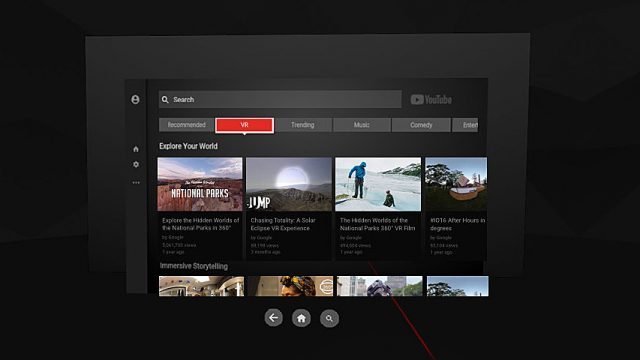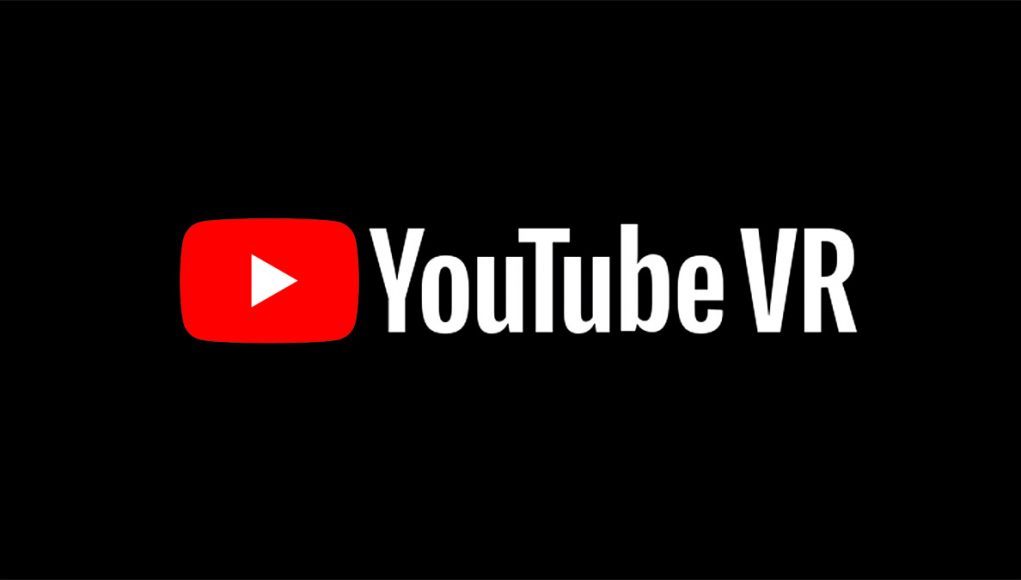It’s been a long while coming, but Google has finally launched a YouTube VR app on PC. The app is now available on Steam, officially for the Vive (but also functional with Rift and Windows VR headsets). Google expects YouTube VR to remain in Early Access through 2018 as they continue to develop it based on feedback.
As one of the largest video content libraries on the planet, demand for being able to watch YouTube content in a VR headset has been understandably strong. Google however hung onto YouTube (seemingly in a strategic move) for itself, launching the first official YouTube VR app for the company’s Daydream platform in 2016 (and notably keeping it from competitor Gear VR).
At the beginning of 2017, PlayStation VR was the first tethered headset to see an official YouTube VR app, but it isn’t until now at the very end of the year that YouTube VR has come to Vive, Rift, and Windows VR via Steam. The app, which is free (and Google says will remain so), allows users to watch any YouTube video, 360 or otherwise (including stereoscopic video).

For Vive and Rift users interested in watching some of the interesting 360 video content out there, it’s been frustrating to either need to download a bespoke app for each video, use an unofficial workaround, or simply not have any way of accessing the content at all. As one of the largest 360 video libraries around today, the YouTube VR app on PC will hopefully mean much broader and more seamless access to 360 content across headsets. Gear VR is still left out in the rain for now, as far as an official YouTube VR app goes, but at least users can access and watch content from YouTube.com via the headset’s web browser.
– – — – –
VR has put Google in a curious place; the company—which is famously web and mobile-first—has now launched a number of PC applications in an effort to forge a path as a pioneer in the VR space. Though Google is also very involved with the development of WebVR, the launch of YouTube VR on Steam suggests the company didn’t feel WebVR was yet mature enough to support the experience they wanted to create.

It took a while, but YouTube VR on PC was largely inevitable. Google may have played things close to the vest for some time, but ultimately the company’s play with YouTube has been to make its content available to the widest group of people as possible; the move is also sensible to support Google’s growing efforts to equip creators with the skills and equipment to shoot 360 content, like the Jump Start program.







